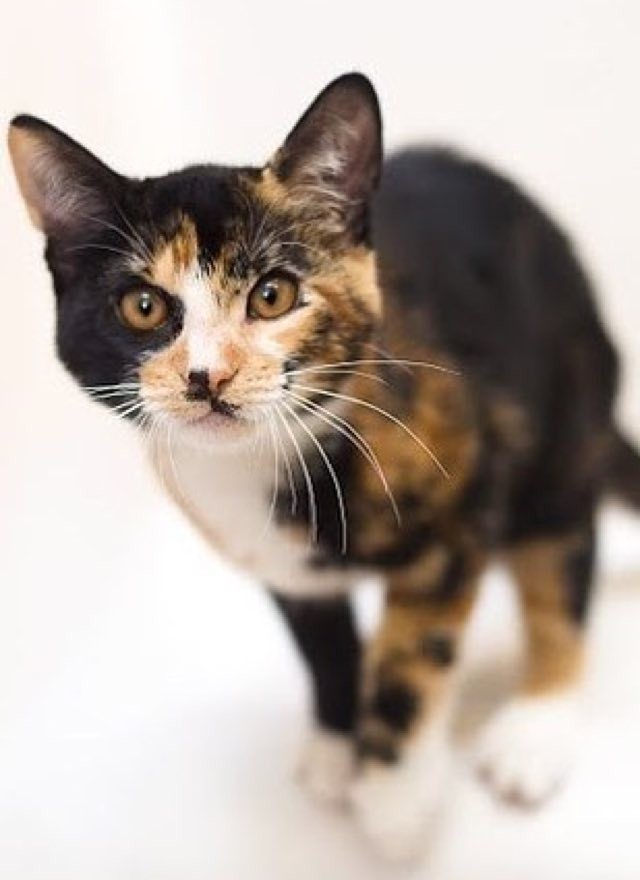

The white color doesn't come from piebalding, where the X chromosome has a dominant gene which produces no pigment at all. This is what leads to tortoiseshell cats, i.e. Females, however, have two c chromosomes which offers the possibility to have two colors at the same time. Since the color of the cat is determined by the X chromosome, males will only have one dominant color. This is when one of the X chromosomes is deactivated and the determining genes are found in the other. This is why female cat cells go through a process of ‘X inactivation’, also known as lyonization. Having two X chromosomes which are active in the cell of a cat can be potentially dangerous. The lack of orange is because, if you are a female cat, you will have two X chromosomes. One of these patches, however, cannot be orange. A male cat can have dominant black color in one area and dominant white in another, leading to patches of color. This is how there come to be patches of color on a cat's coat. All the different cells in the body will lead to the color of the cat, but only in the area where those cells operate. If the dominant chromosome is the one with, for example, black pigmentation, then the cat will be black. The gene which controls the color of the cat's body is in one of these genes. But why are there so few? The answer is in the genes.Īll cells in the body of a cat will have two chromosomes, one which is dominant and one which is recessive. To answer the article question, there are indeed male calico cats. If the overwhelming majority of calico cats are female, this must mean a very small minority are male. What we do know is that over 99% of all calico cats are female, but how come? As we said before, a calico cat is not an actual breed, but a patterning which exists on different breeds. They are thought to have particular temperaments, but this is hard to argue as their temperament is more to do with their breed and upbringing. The orange and black colors give these cats a beautiful tricolor coat when mixed with white. There are some breeds which allow for calico patterns more than others and they include: The genetic probability for this to happen is so unlikely, it is practically impossible. What is almost completely certain is that a calico patterned cat from a calico mother will not have the exact same pattern. They can give birth to cats of solid color, have calico kittens with different patterns or have some combination of any. If a calico cat gives birth to a litter, it doesn't mean their offspring will also be calico patterned. Tortoiseshell cats also more often have subtler color integration whereas the calico usually has larger patches, although not always. Tortoiseshell cats have a combination of orange and black, but very rarely have white on their coat.

The other two colors in a calico cat are most often orange and black.

However, some can have larger patches which cover more body area than the white fur. The patches and spots of color are often sparse and appear in sections on the feline's coat. Just as calico material is blank, calico cats are usually predominantly white. The genetic reasons behind their coloration is relatively similar, but the main variation is the white on a calico cat. The difference between a calico cat and a tortoiseshell cat is very slim.


 0 kommentar(er)
0 kommentar(er)
